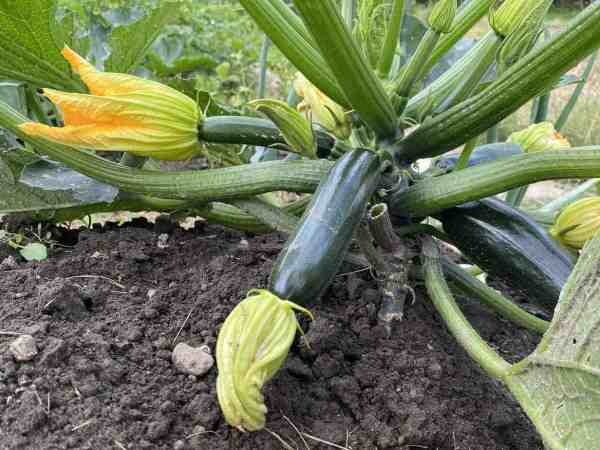
Did you know that you can be self-sufficient in suburbia? Most people don’t realize that with just a little bit of planning, patience, and creativity, you can make your home and yard a self-sufficient food production mecca.
The first step is to know your local zoning laws and what’s allowed and what isn’t. In some areas, you are not allowed to plant anything except grass or xeriscaping in your front yard, for instance, and most areas will not allow any but the smallest of livestock (rabbits and maybe chickens). So know the laws before you start or you could find yourself with a time and money investment in something that the city requires you to tear up and get rid of.
1. Establish and Make a Garden Plan
First, mark off your property and the areas you’ll be using for your self-sufficiency project. Your primary goal will be to create as much food production as possible out of your vegetable beds. You’ll need to know how well your soil is doing, what type of gardening you plan to do, and what resources you have to do it with.
If you’ve never gardened before, it’s better to start off with one or two raised beds (maybe 100 square feet total) and learn the ropes first. You can always move them or add many more once you get going. If you plan to garden in-ground, consider creating raised beds by mounding the soil to make plateaus. For the beginner especially, raised beds have the distinct advantage of eliminating the number one problem with new gardens: drainage issues. Raised beds also require less work and tillage, saving your back and possibly the expense of power tools such as roto-tillers.
Plan out where you want your garden beds, taking into account both sunlight exposure and 1, 3, and 5 year rotation schedules to keep your plots disease-free.
2. Planting a Summer Garden
You’ll begin with a basic summer garden, which you plant in the spring after the last frost has lifted. Check your local almanac or county extension for information on frost dates. Try new things and establish a compost pile while you’re working. Read through this site and learn the tricks to growing beans, lettuces, squash and more. Figure out which ones you enjoy and can get the most yields from. Try to use heirloom varieties so you can begin seed saving when you’re ready.
Begin learning about soil maintenance, composting, and how to build your soil instead of letting it die away as most commercial farmers do by relying entirely on synthetic fertilizers. Become a compost master (it’s very easy) and learn what cover crops and no-till methods are.
3. Extending the Growing Season
A lot of techniques can make your growing season much longer, depending on where you live. Use vertical crops (pole beans, trellised cucumbers, etc.) to minimize space so that you can maximize yields per square foot. Use containers, row covers, and cold frames to advantage.
4. Year Round Growing
Use tools to create year-round growing possibilities. Many things such as cherry tomatoes and some types of bush beans grow very well indoors as hanging plants. Cold tolerant plants like kale, cabbage, and more can be grown well into the early winter. Learn to begin early with your gardening by starting your seeds indoors so that when the frost comes off, you can immediately start planting.
5. Extend Focus Onto Total Food Production
Add chickens for eggs and meat, learn to keep bees and attract butterflies to pollinate your crops, find out what types of fruit trees you can grow, and learn about aquaculture and see if you can raise fish too. You never know what’s possible until you try it!
Want to learn more about self sufficient gardening?
See these websites:
Urban Gardening from Oregon State University Extension
USDA Plant Hardiness Zone Map

This is great info for the beginner self-sufficient gardener. I’m always on the lookout for tips to becoming more self-sustainable. I’m going to try to grow a few tomato plants indoors this winter and see how it goes.